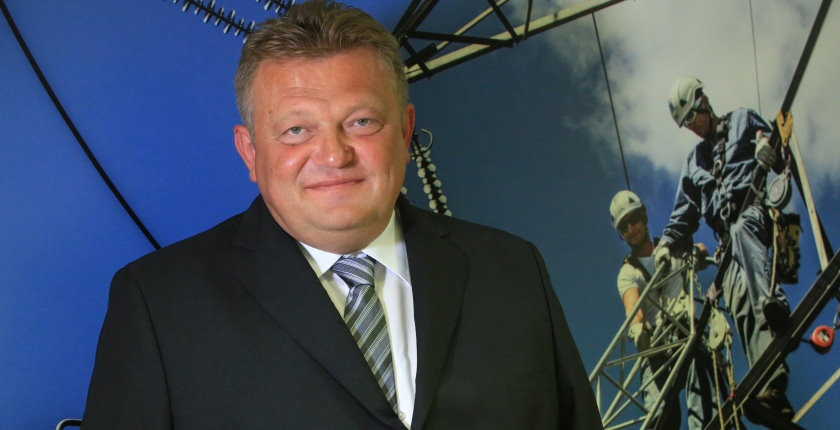
Photo: Aleksander Mervar (ELES)
If only the necessary investments are taken into account, the best scenario for developing the Slovenian power system is to build the Krško 2 nuclear power plant and extend the operation of the existing Krško facility, according to an analysis conducted by the CEO of Slovenia’s transmission system operator ELES Aleksander Mervar. But if other costs are included, the cheapest scenario is without nuclear energy, leaning on the installation of solar, wind, and gas power plants and energy storage systems, the paper reads. The scenario with 100% renewable energy is neither feasible nor realistic, Mervar claimed.
The study of the feasibility of various scenarios defined in the National Energy and Climate Plan (NECP), with an emphasis on the analysis of the 100% renewables scenario by 2050 was carried out by Aleksander Mervar and his colleagues at the request of the Ministry of Environment, Climate and Energy.
Along with the study, ELES also published a correction of the analysis of the 100% RES scenario. The company said it issued the two documents due to great media interest.
By publishing them, ELES said it intendeds to prevent media and political speculation about the findings of the study, as well as manipulation and misinterpretation.
The study was completed on August 26, but published only now
The documents were subject to different interpretations by the supporters and opponents of the Krško 2 nuclear power project, or JEK 2 in Slovenian. Also, they were part of the controversy around the decision to cancel the consultative referendum on JEK 2. The vote was scheduled for November 24.
ELES pointed out it submitted the basic study to the ministry on August 26, and that the author amended it in October due to new facts, with an addition in chapter 7, on page 45.
Two rankings
According to the basic study, ten scenarios were analyzed. The most favorable one is to operate the Krško power plant until 2063, build Krško 2, and install solar power plants with an overall capacity of 3,250 MW. It implies investments of an estimated EUR 24.4 billion.
The second-best version, the findings showed, is to keep the existing nuclear plant working until 2063, abandon the Krško 2 project, and build photovoltaic plants of 7,000 MW in total. It would all cost EUR 25.7 billion. The third-ranked scenario doesn’t include nuclear energy and envisages the installation of solar power plants with a combined capacity of 8,595 MW. The expenses are seen at EUR 27.1 billion in that case.
Mervar stressed all three scenarios are feasible. He also carried out a SWOT (strengths, weaknesses, opportunities, and threats) analysis for the three scenarios and a 100% renewable energy case, saying he intended to help the decision makers.
The rankings change when operation and maintenance costs and energy storage losses are included
But on page 45 he clarified that the calculations excluded operation and maintenance costs as well as the losses in the battery charge-discharge cycle and, in case of pumped storage hydropower plants, between filling the upper reservoir and generating electricity.
With the said factors, the cheapest scenario is the one without nuclear energy, EUR 35.7 billion. The one with both nuclear facilities is the most expensive – EUR 53.9 billion euros. The cost of the 100% RES option is estimated at EUR 85.9 billion.
In the corrected analysis of the 100% RES scenario, the cost of the cheapest scenario grows to EUR 39.4 billion and the most expensive one to EUR 55.2 billion.
Mervar: I support a low-carbon scenario
ELES said the 100% RES scenario is neither realistic nor feasible. The company underscored it is economically meaningless for the Slovenian power system, for the government as the potential provider of subsidies, for investors in solar power plants without subsidies, and for Slovenia’s end consumers of electricity.
Of note, Mervar doesn’t include the production of pumped-storage hydropower plants and batteries in the 100% RES scenario, just production from renewable energy power plants.
ELES’s CEO supports a scenario with balanced renewable energy, a combination of energy storage capacity and green hydrogen production, and a strategic reserve in the form of gas power plants to serve for handling emergency situations in Europe.
“I support a well-designed low-carbon scenario,” Mervar stressed.





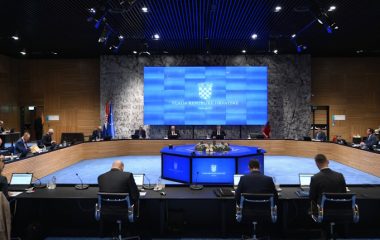
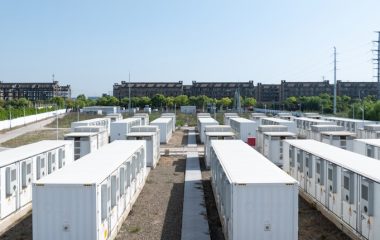
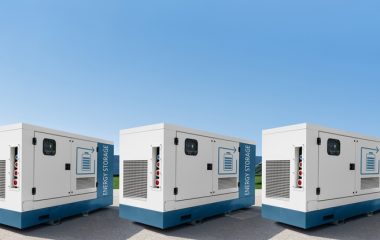
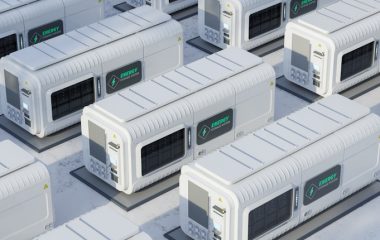
Be the first one to comment on this article.